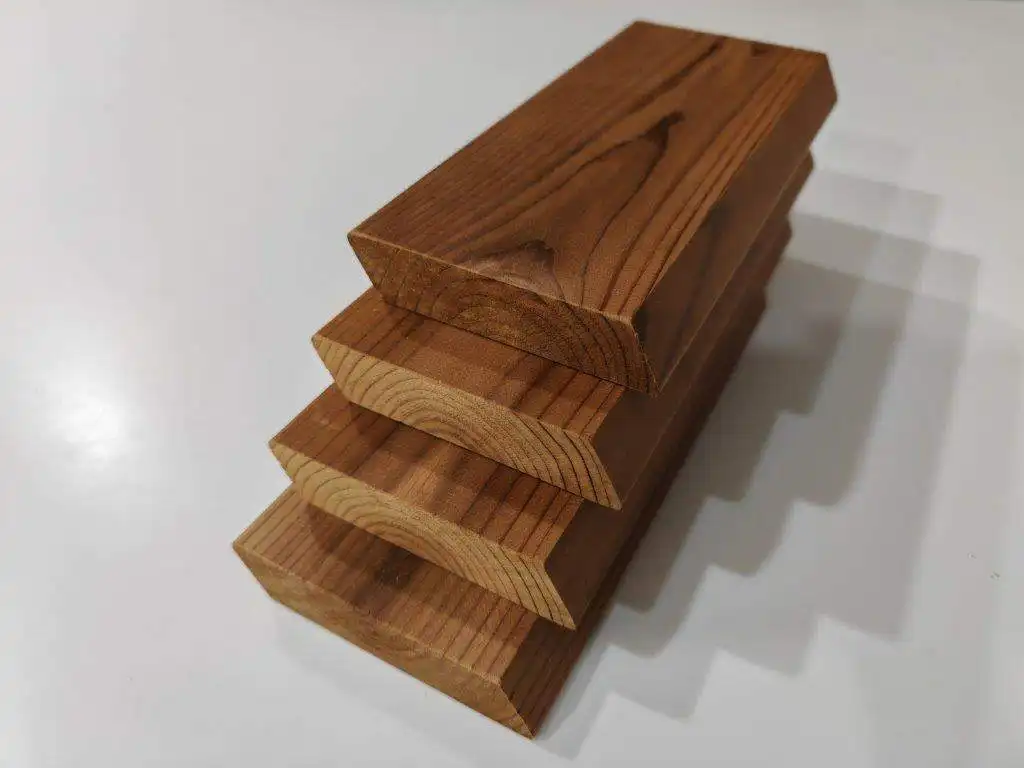Timber Cladding Installation: Common Mistakes to Avoid
Timber cladding has become a popular choice for both residential and commercial buildings, offering a natural aesthetic that blends seamlessly with various architectural styles. However, the success of timber cladding installation largely depends on the skill and attention to detail of the installers. To ensure a durable and visually appealing outcome, it’s essential to be aware of the common mistakes that can occur during the installation process. In this article, we will explore these pitfalls and provide insights on how to avoid them.
- Insufficient Planning
One of the most significant mistakes in timber cladding installation is inadequate planning. Before beginning the installation process, it’s crucial to create a detailed plan that includes measurements, design choices, and materials. Failing to plan properly can lead to miscalculations and wasted materials, resulting in increased costs and delays.
Tip: Take the time to measure and calculate accurately, and consider consulting with experienced timber cladding installers to ensure your plan is sound.
- Ignoring Moisture Management
Timber is naturally susceptible to moisture, which can lead to rot, warping, and mold growth if not managed properly. A common mistake is overlooking the importance of moisture barriers and ventilation. Without adequate drainage and airflow, water can become trapped behind the cladding, compromising its integrity.
Tip: Ensure proper moisture management by incorporating a ventilation system and using breathable membranes that allow moisture to escape while preventing water ingress.
- Poor Material Selection
Selecting the wrong type of timber can have detrimental effects on the longevity and appearance of the cladding. Using low-quality or untreated timber can lead to rapid deterioration, while choosing the wrong wood species may not complement the design or climate.
Tip: Consult with timber cladding installers to choose the appropriate timber species for your project, considering factors such as durability, maintenance requirements, and local climate conditions.
- Inadequate Fastening Techniques
The method of fastening timber cladding is critical to its performance and longevity. Many installers make the mistake of using incorrect or insufficient fasteners, leading to problems such as loosening, shifting, or buckling of the cladding over time.
Tip: Use the recommended fastening techniques and materials for the specific type of cladding being installed. Ensure that fasteners are rust-resistant and compatible with the timber species chosen.
- Neglecting Expansion Gaps
Timber naturally expands and contracts with changes in temperature and humidity. Failing to account for this movement by neglecting to leave adequate expansion gaps can result in warped or cracked boards.
Tip: Incorporate appropriate expansion gaps during installation to accommodate the natural movement of the timber, ensuring that the cladding remains intact over time.
- Skipping the Finishing Touches
Many installers overlook the importance of finishing touches, such as applying protective coatings or sealants to the timber. This step is vital for enhancing the wood’s durability, preventing moisture damage, and maintaining its appearance.
Tip: Always apply the recommended finishes to the timber cladding after installation to protect against the elements and extend its lifespan.
- Improper Alignment and Leveling
Installing timber cladding without proper alignment and leveling can lead to an unprofessional appearance and may compromise the structure’s integrity. Misalignment can cause gaps, overlaps, and uneven surfaces, detracting from the overall aesthetic.
Tip: Use level lines and guides to ensure proper alignment and leveling throughout the installation process. Regularly check for straightness and levelness as you work.
- Overlooking Local Building Codes
Failing to adhere to local building codes and regulations is a mistake that can have serious consequences. Each region may have specific requirements regarding cladding installation, including materials, fire ratings, and structural support.
Tip: Familiarize yourself with local building codes and obtain any necessary permits before starting your timber cladding installation.
- Ignoring Maintenance Considerations
Timber cladding requires regular maintenance to remain in optimal condition. Many homeowners make the mistake of installing the cladding without considering future maintenance needs, leading to costly repairs down the line.
Tip: Choose a timber species and finish that align with your maintenance preferences, and develop a maintenance plan that includes regular inspections and treatments.
- Not Hiring Professionals
Attempting a DIY installation without the necessary skills and experience can lead to numerous mistakes that may compromise the quality and longevity of the cladding. While it may seem cost-effective initially, the potential for costly errors can outweigh any savings.
Tip: Consider hiring specialist services or experienced timber cladding installers to ensure a professional and successful installation.
Conclusion
Timber cladding installation can transform a building’s exterior, providing both aesthetic appeal and protection against the elements. However, avoiding common mistakes is crucial to achieving a successful outcome. By planning adequately, selecting the right materials, and employing proper installation techniques, you can ensure a durable and visually appealing finish. For expert assistance and quality craftsmanship, consider reaching out to Timber Cladding Specialists. With their extensive knowledge and experience, they can help you navigate the complexities of timber cladding installation, ensuring a result that stands the test of time.












